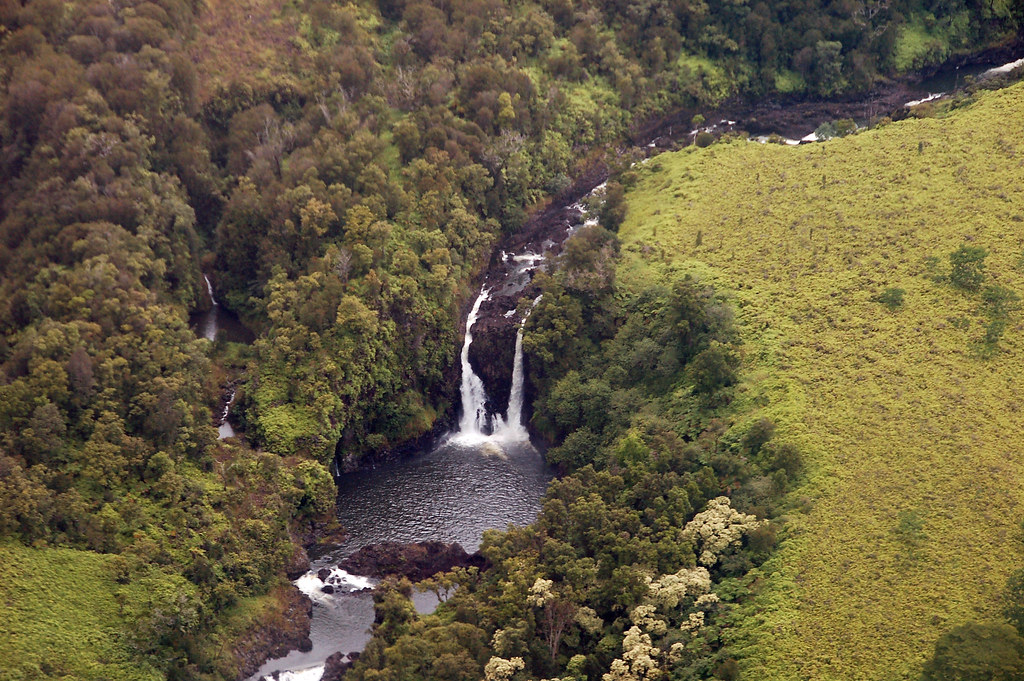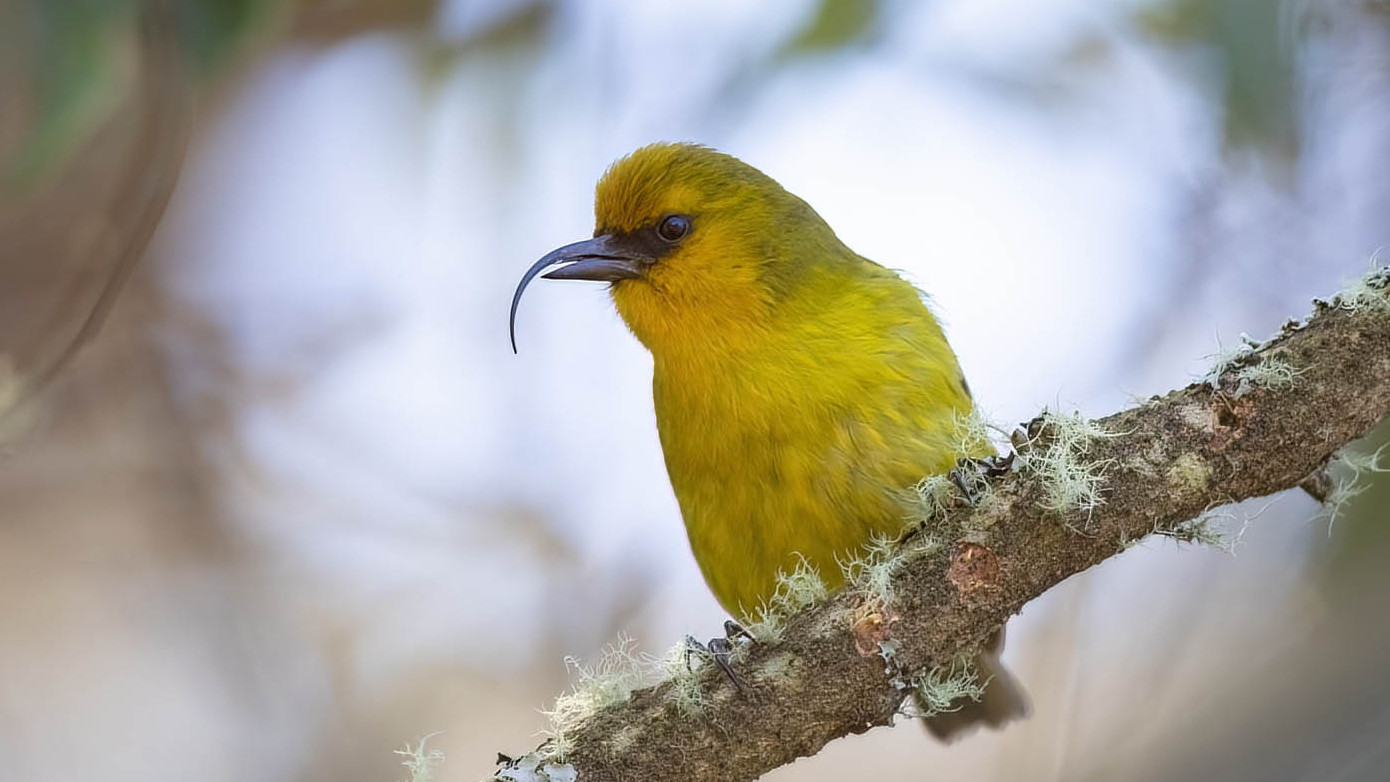HAKALAU FOREST NATIONAL WILDLIFE REFUGEE, encompasses 38,000 acres on the Big Island of Hawaii. Located on the slopes on Mauna Kea, it is one of the most successful managed sites for endangered species restoration. It was established in 1985 to conserve endangered plants and animals and their native ecosystem. The refuge's landscapes range from lush, rainy habitats to dry, high-altitude forests.
Large areas are fenced in to prevent feral animals from invading. Invasive plant species are controlled, and native koa forests on lands denuded for ranches have been established.
Endemic plant species have been planted, as well as some forest birds moved to the area, such as the I'iwi and Alawi. Presently it is the only place in Hawaii where endangered forest bird numbers are stable or increasing.
Eight of the 14 native bird species in the refuge are endangered. 13 migratory bird species and 20 introduced species also frequent the refuge.
Slopes below 4000' receive a lot of rainfall, annually 250". Rainfall decreases as you go upward: elevations above 4500' receives 150" of rain and above 6000' a decrease to about 100" annally. Go much higher and there is snow.
One major problem the scientists are dealing with, and this effects all island birds, is avian maleria carried by non-native mosquitoes. Invasive mosquitoes have contributed to extinction of 31 species of birds, including 24 species of honeycreepers.
Up till recently many of Hawaii's unique birds have lived where it is too cold for these insects, but with global warming the tides have turned. The goal is establishing forests where the birds can go but not the mosquitoes.
On of the best examples of native forest restoration is the 'Akiapola'au who have returned to once barren areas in the refuge.
This honeycreeper with its curved bill is the closest thing to a woodpecker found in Hawaii, as it hammers away with lower mandible eating grub.


No comments:
Post a Comment